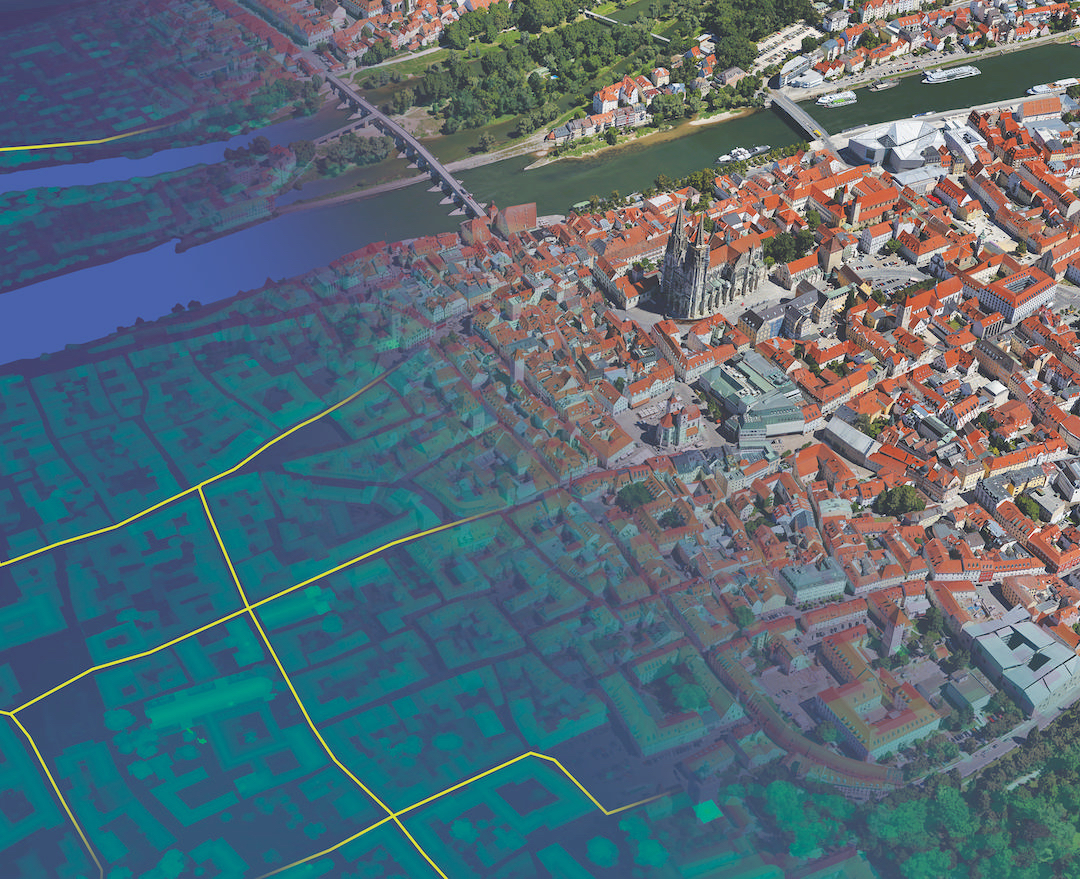The financial services industry has always had a sophisticated approach to risk management but, as the recent financial crisis has made abundantly clear, that approach has not always protected it from calamity.
The credit crunch has, however, intensified the demand among financial organisations for information about their risk exposure. This is motivated in part by self-interest and in part by anticipated regulation that will limit the degree of risk they are allowed to undertake.
Eurex, the largest derivatives trading market in Europe, has since 2005 allowed members to use its risk calculation engine in order to assess the risk involved with their current trading activity. Until now, though, reports from the risk calculation engine have been sent using an encrypted email, which typically takes between ten and 15 minutes to arrive.
In the post-credit-crunch world, this lag time is no longer acceptable. “Before the financial crisis, many market participants did not have the pressure to calculate risk exposure every second,” explains Dr Andreas Moravec, director of application development middleware at Deutsche Börse Systems, a division of the German stock exchange that supports Eurex’s technical infrastructure. But that has now changed, he adds.
Another drawback of the previous risk management system was that it required special software and hardware, which had to be installed on the members’ site by Eurex. So when the company decided to upgrade its risk solution, it was generally agreed that the channel that transmits the real-time risk calculations should be based on an open standard.
“Instead of using a specific vendor’s products for this access channel, we decided it would be better to use an open protocol, since then a user is not tied to a specific product,” explains Moravec. The standard in question is the Advanced Message Queuing Protocol (AMQP), a highly scalable, open and interoperable messaging protocol developed by the financial services industry.
Open Source Middleware
That decision led Deutsche Börse Systems to build the access channel using open source middleware from Red Hat, which supports AMQP natively. The fact that this middleware channel is based on open standards meant that many of the necessary integrations were publicly available in existing development libraries.
Some supplementary development work was necessary in order to integrate the Red Hat platform with legacy systems based on the OpenVMS operating system and Deutsche Börse Systems undertook this work itself. It also fixed a number of bugs and submitted its fixes back to the Apache Software Foundation, which maintains the AMQP implementation used in Red Hat’s middleware product.
Where Red Hat’s consulting resources came in handy was in implementing the system on a disaster-resilient infrastructure. To ensure business continuity the access channel system is distributed across three different data centres; this necessitates the use of ‘multicast’ networking to ensure that real-time data is replicated across the sites instantaneously. This called for some extra work by the company’s networking team, and some of Red Hat’s own expertise.
“If you just wanted to set up a simple access channel, it would be fairly easy,” says Moravec. “But if you want to set up a disaster-tolerant solution, there is much more work; it was better to have some consulting time from Red Hat.”
The vendor also provides remote support for the system, alleviating Deutsche Börse Systems’ own support resources somewhat. Moravec declines to reveal whether its open source approach cost less than a bespoke development or proprietary vendor’s system would have done.
For Deutsche Börse Systems, the key driver was a commitment to the AMQP standard. “We see this as an upcoming standard for message transfer, like FTP for file transfer or SMTP for email,” explains Moravec. “The key thing is technical interoperability, so that any customer can connect to us without using any particular vendor’s piece of software.”







